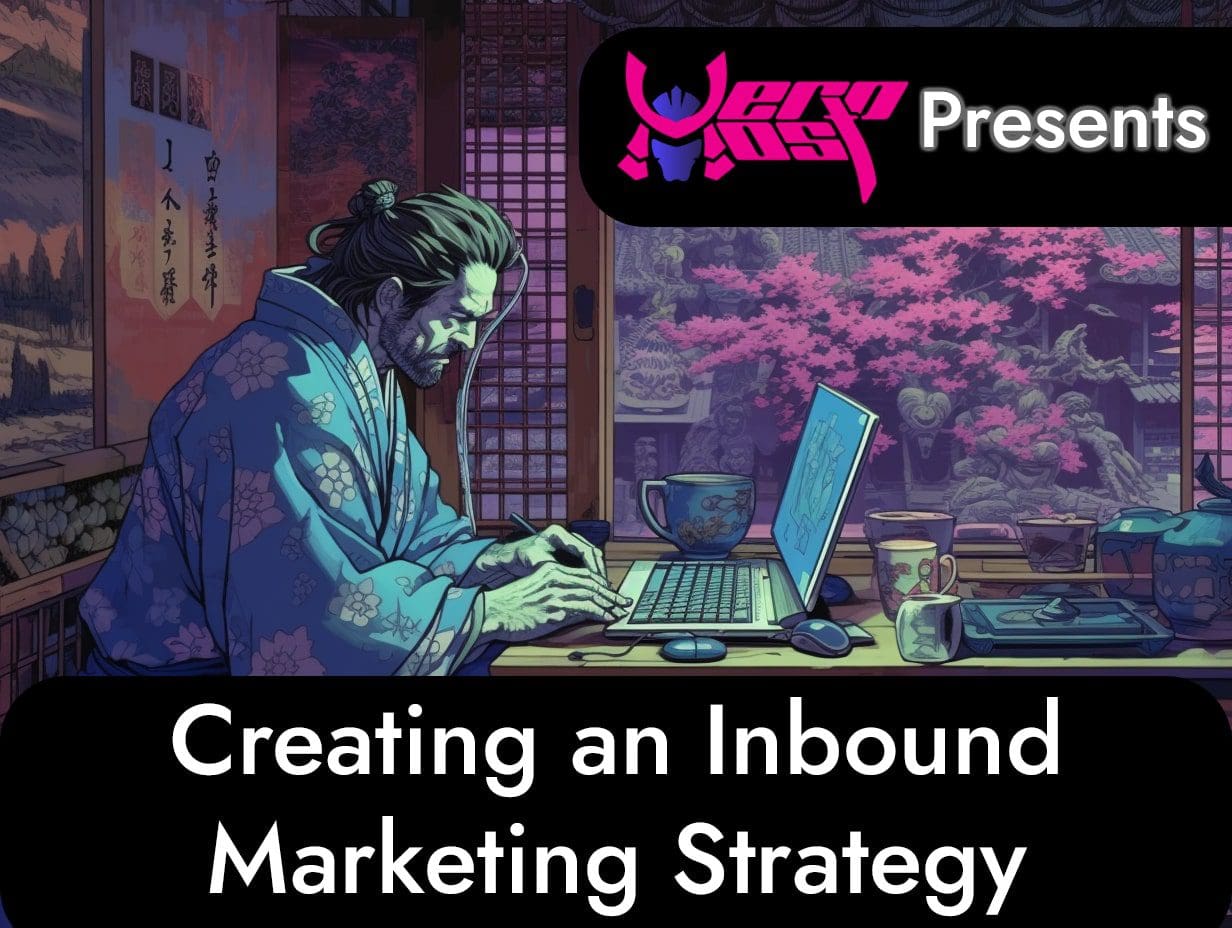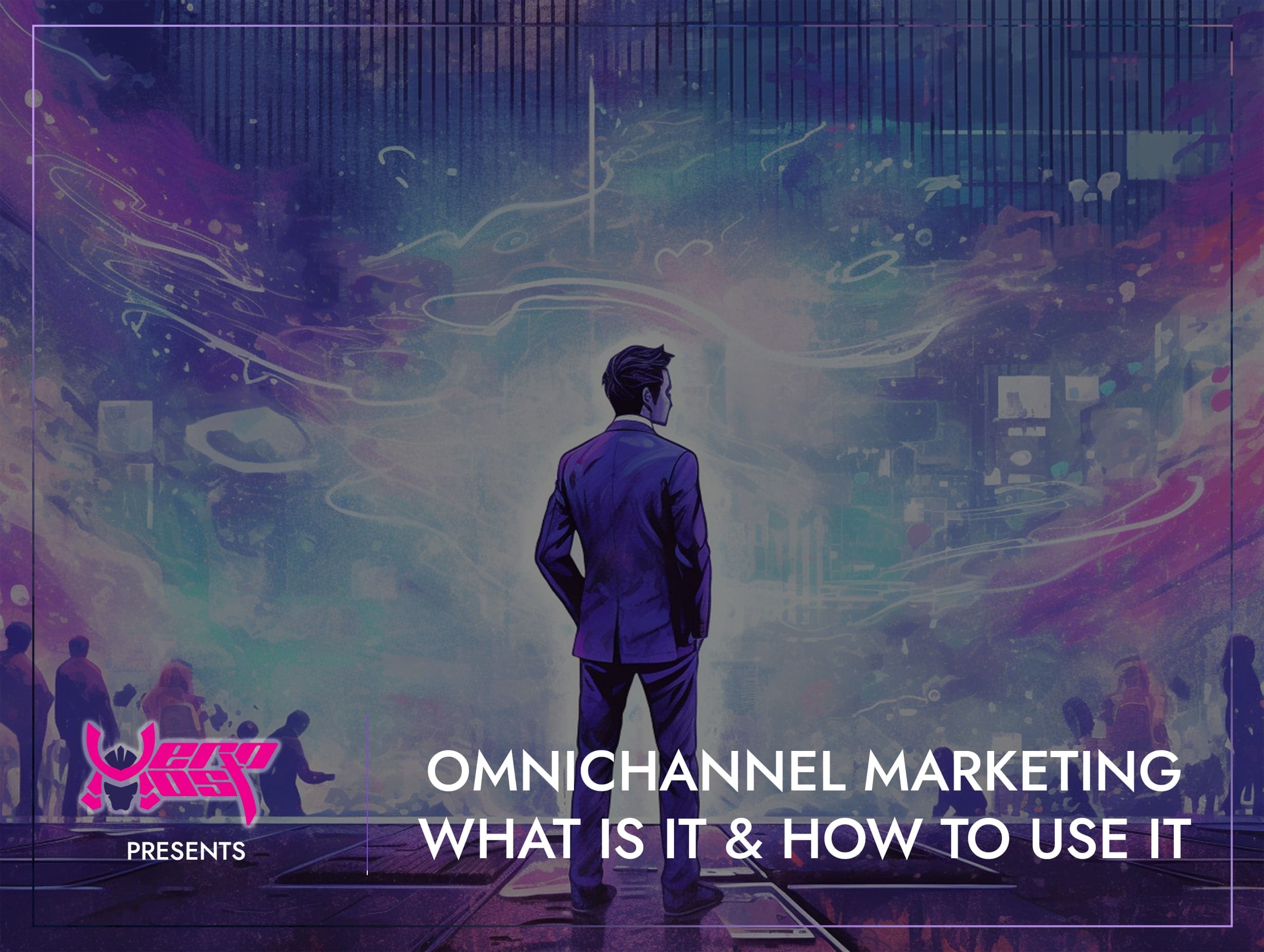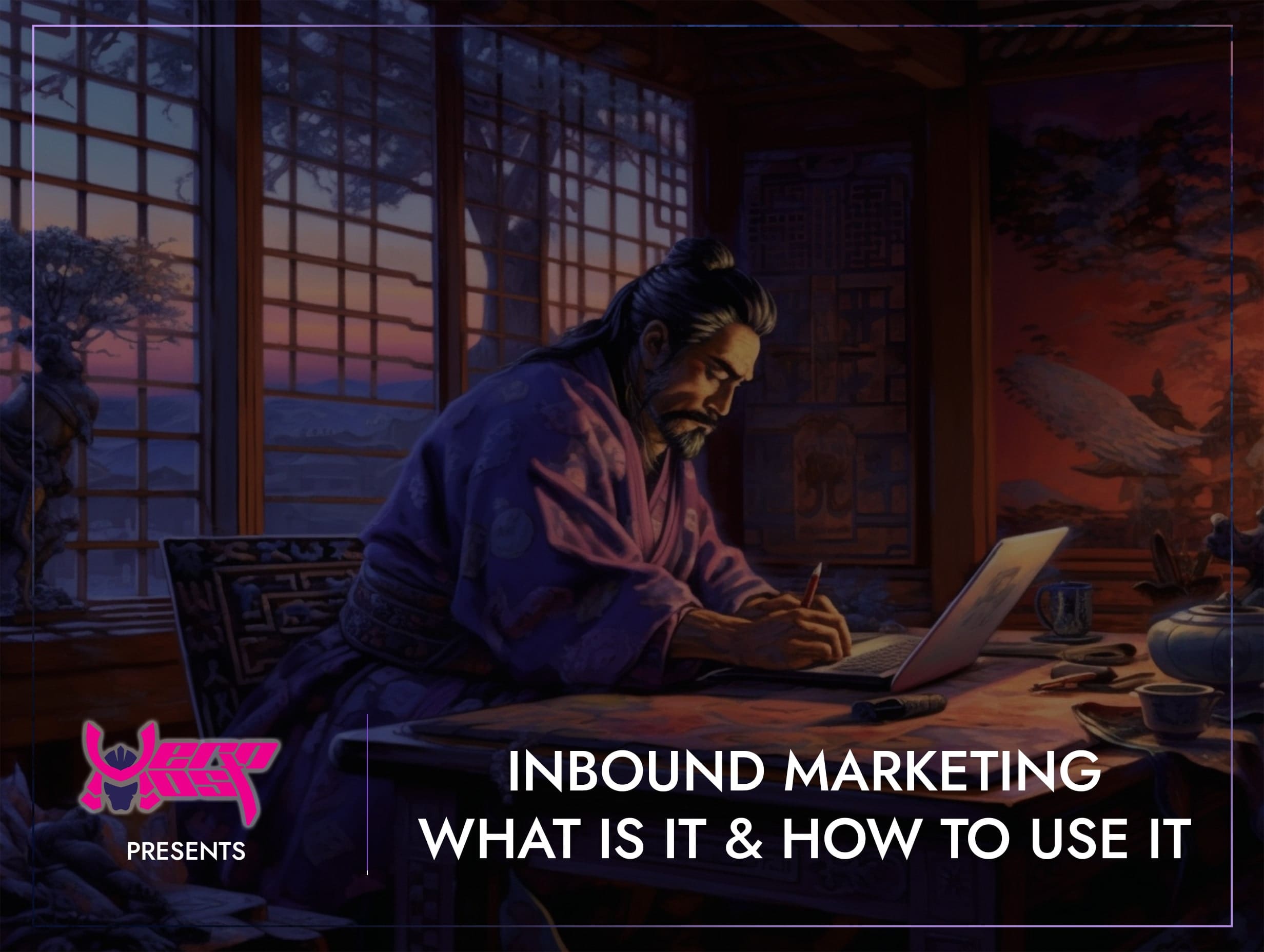How to Create a Inbound Marketing Strategy
- Home
- Inbound Marketing
- How to Create a Inbound Marketing Strategy

- Mikey Ryu
- October 4, 2023
- 0
How to Create a Inbound Marketing Strategy
Creating an Inbound Marketing Strategy
In today’s digital age, traditional outbound marketing tactics are becoming less effective, while inbound marketing strategies are gaining momentum. Inbound marketing focuses on attracting and engaging potential customers through valuable content and interactions. This approach is customer-centric, cost-effective, and, when executed well, can yield impressive results. In this comprehensive guide, we’ll walk you through the steps to create a successful inbound marketing strategy.
Understanding Inbound Marketing
Before diving into the strategy creation process, it’s essential to grasp the fundamentals of inbound marketing. At its core, inbound marketing is about creating and sharing content that addresses the needs and interests of your target audience. It involves several key components:
- Content Creation: Develop high-quality, informative, and engaging content that resonates with your target audience. This can include blog posts, videos, infographics, eBooks, and more.
- SEO (Search Engine Optimization): Optimize your content to rank higher in search engine results pages (SERPs). This involves keyword research, on-page SEO, and creating content that satisfies user search intent.
- Social Media: Leverage social media platforms to distribute your content, engage with your audience, and build brand awareness.
- Email Marketing: Build and nurture relationships with leads through personalized email campaigns. Email marketing is a powerful tool for converting leads into customers.
- Lead Generation: Attract and capture potential customers’ information through lead magnets, such as free eBooks, webinars, or newsletters.
- Marketing Automation: Implement marketing automation tools to streamline and personalize your marketing efforts, from lead nurturing to customer retention.
Now, let’s delve into the steps to create an inbound marketing strategy.
Step 1: Define Your Target Audience
Understanding your audience is the foundation of any successful marketing strategy. Start by creating detailed buyer personas. These are fictional representations of your ideal customers and should include demographic information, pain points, goals, and behavior patterns.
To gather insights for creating accurate personas, consider conducting surveys, analyzing customer data, and interviewing existing customers. The better you understand your audience, the more effectively you can tailor your content to their needs.
Step 2: Set Clear Goals
What do you want to achieve with your inbound marketing efforts? Goals help you stay focused and measure your success. Goals should be SMART (Specific, Measurable, Achievable, Relevant, and Time-bound). Examples of inbound marketing goals might include increasing website traffic, generating more leads, improving conversion rates, or boosting customer retention.
Step 3: Content Strategy
Content is the backbone of your inbound marketing strategy. Determine what types of content will resonate with your audience and align with your goals. This could include blog posts, videos, podcasts, infographics, case studies, and more.
Create an editorial calendar to plan your content in advance. Ensure that your content addresses the pain points, questions, and interests of your target audience. Keyword research is essential for optimizing your content for search engines and driving organic traffic.
Step 4: SEO Optimization
Optimizing your content for search engines is crucial for attracting organic traffic. Conduct keyword research to identify relevant keywords and phrases that your target audience is searching for. Integrate these keywords naturally into your content, headings, and meta descriptions.
Consistently producing high-quality, valuable content will help you improve your search engine rankings over time.
Step 5: Social Media Strategy
Choose the social media platforms that are most relevant to your target audience. Develop a social media strategy that includes posting schedules, content themes, and engagement tactics. Remember that social media is not just about self-promotion; it’s also about building relationships and engaging with your audience.
Step 6: Email Marketing
Email marketing is a powerful tool for nurturing leads and converting them into customers. Create email campaigns that provide value to your subscribers, such as educational content, promotions, and product updates. Segment your email list to send personalized messages to different groups of subscribers.
Step 7: Lead Generation
To fuel your inbound marketing efforts, you need a steady stream of leads. Offer valuable lead magnets, such as eBooks, webinars, or templates, in exchange for your website visitors’ contact information. Use landing pages and forms to capture leads effectively.
Step 8: Marketing Automation
Implement marketing automation software to streamline your marketing processes. This allows you to nurture leads with personalized content and track their interactions with your brand. Marketing automation can also help you deliver the right message to the right person at the right time.
Step 9: Analyze and Refine
Regularly analyse the performance of your inbound marketing efforts. Use analytics tools to track website traffic, conversion rates, email open rates, and other relevant metrics. Identify what’s working and what needs improvement.
Based on your analysis, refine your strategy by making data-driven decisions. Experiment with different approaches, test new content formats, and adapt to changes in your audience’s preferences.
Step 10: Iterate and Scale
Inbound marketing is an ongoing process of learning and adaptation. As you gain insights and see what resonates with your audience, iterate on your strategy to optimize results. Over time, you can scale your efforts by expanding your content portfolio, reaching new audiences, and diversifying your channels.
Conclusion
Creating an effective inbound marketing strategy requires careful planning, continuous learning, and a customer-centric approach. By understanding your audience, setting clear goals, and executing a well-defined strategy that includes content creation, SEO optimization, social media engagement, email marketing, lead generation, and marketing automation, you can attract, engage, and convert prospects into loyal customers. Inbound marketing is not a one-time endeavour; it’s a dynamic process that evolves as your business and audience change. Embrace this mindset, and your inbound marketing strategy will serve as a powerful engine for sustainable growth.
Search
Categorys
- Branding (12)
- Business Growth Guides (3)
- Business Insights (3)
- Content Marketing (43)
- Domain Authority (19)
- Email Marketing (28)
- Google Analytics & Search Console (5)
- Hack or Not (2)
- Hero Host News (0)
- Inbound Marketing (32)
- Lessons From Asia (40)
- Marketing Guides (11)
- Martial Arts Journey (14)
- Outbound Marketing (8)
- Search Engine Optimisation (SEO) (41)
- Social Media Marketing (38)
- Web Design (20)
- Website Hosting (4)
- Wordpress (2)






